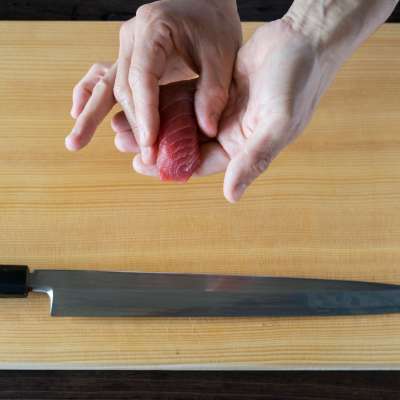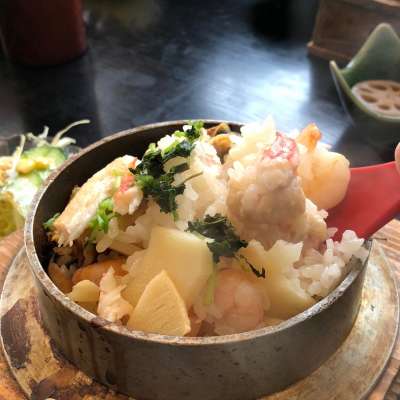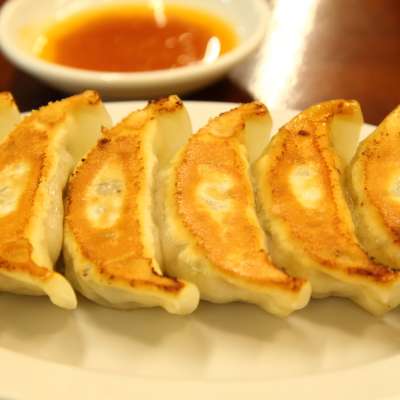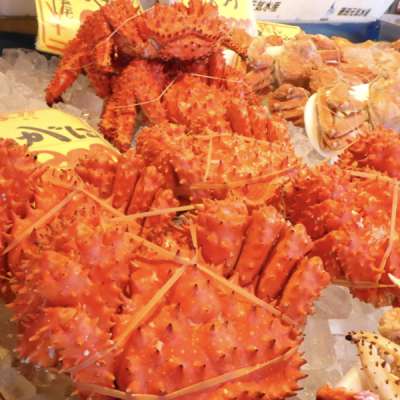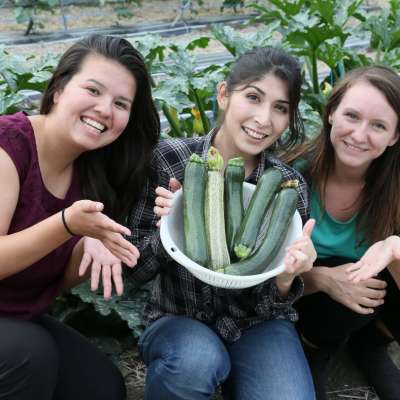Savor the flavors of local cuisine across the Eastern region of Japan
Local cuisine differs by climate and mountain or seaside location. Hokkaido and the Japan Sea coastal regions are famous for abundant fresh seafood brought by deep, cold sea currents. Tohoku is renowned for rice-growing, rice dishes, and delicious sake.
Hokkaido: A treasure trove of fresh flavors
Salmon return to the rivers of Hokkaido every autumn to spawn, embellishing its cuisine with salmon-rich dishes like Ishikarinabe, a salmon and vegetable hotpot, and Chanchanyaki, stir-fried salmon and vegetables with miso sauce.
Moreover, the prevalence of sheep farming in Hokkaido’s vast open plains has given rise to another famous lamb-based dish, the Genghis-Khan. Many Hokkaido households have a perforated pot specifically for Genghis-Khan, which is a hearty barbecued lamb and vegetable dish. People in Hokkaido often enjoy this local specialty at home.
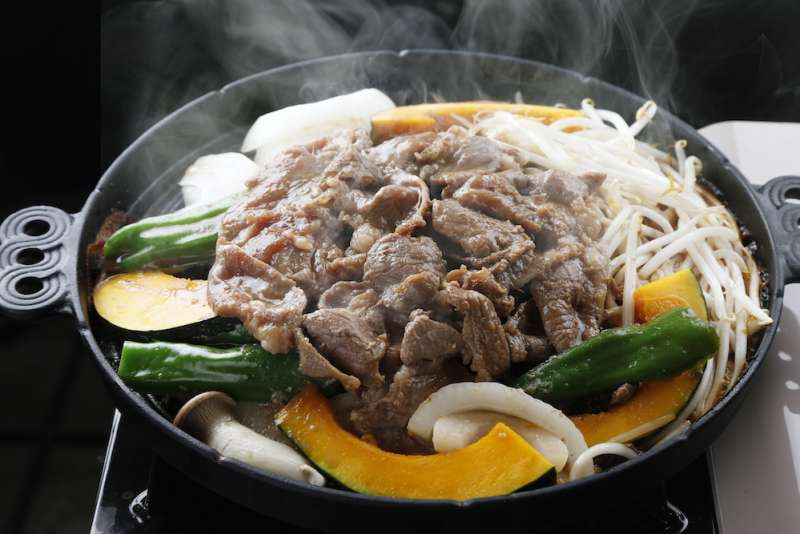
Tohoku: The land of rice
Tohoku is celebrated for quality rice with deep flavors and textures. In a land where rice is the much-loved staple, this is no small praise.
Kiritanponabe is a hotpot of stick-shaped baked rice simmering with chicken and vegetables in a dashi broth, a specialty of Akita in Tohoku region. It’s a recipe handed down through generations as an indispensable dish for entertaining guests.
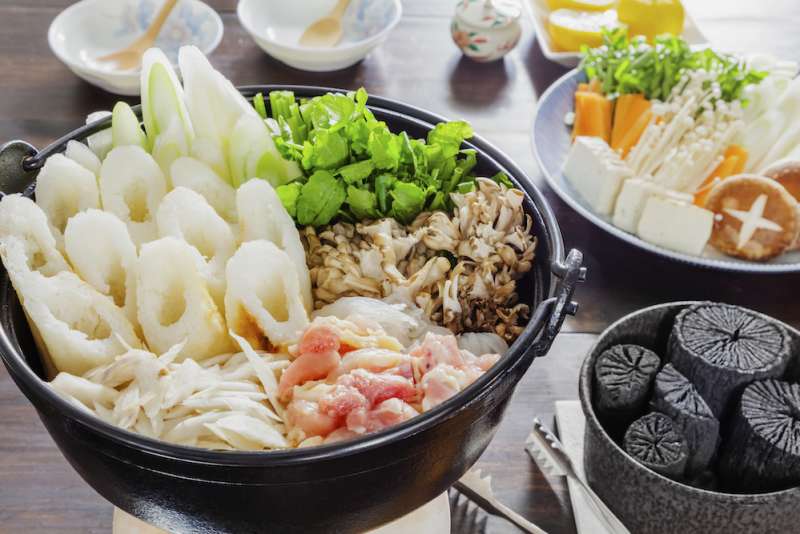
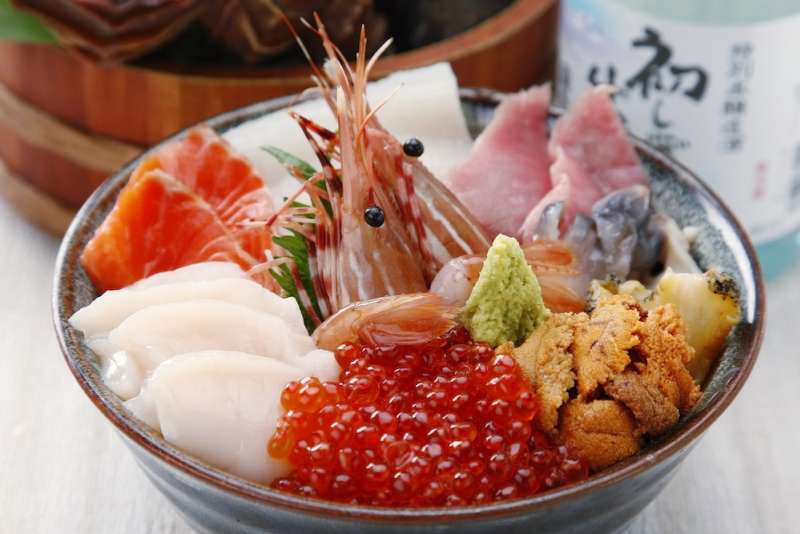
In the coastal areas of Tohoku region, Kaisendon, fresh sashimi served atop a steaming bowl of rice. Inland and mountainous regions specialize in different root-vegetable fares that celebrate the local harvest seasons. One such example is the Imoni hotpot made with taro root.
Conversely, Miyagi is famous for beef tongue barbequed over hot coals, known as Gyutan. This tender, thinly sliced meat dish was born in their capital of Sendai before spreading throughout Japan.
With a reputation for excellent rice, it’s no surprise that some of Japan’s best sake is made using local rice in Tohoku. Many Tohoku izakaya offer local sake pairings to match local food, a wealth of unique tastes to explore.
Tokyo: The taste of Shitamachi
While famous for its skyscraper skyline, Tokyo’s downtown “shitamachi” offers an insight into the working-class life of the old Edo period (1603-1867). The low-rise and more slow-paced atmosphere is accompanied with many local delicacies that have roots extending back to Edo’s fishing village history.
Monjayaki is said to have been born in “shitamachi”, downtown, as a working-class favorite. A hearty grilled dish made from flour, sauce, and dashi broth batter, Monjayaki restaurants have tables with hot plates, and diners cook and eat it themselves using a small metal spatula. Its appeal lies in a wealth of potential toppings, such as cabbage and meat or seafood, cheese, mochi rice cake, and others.
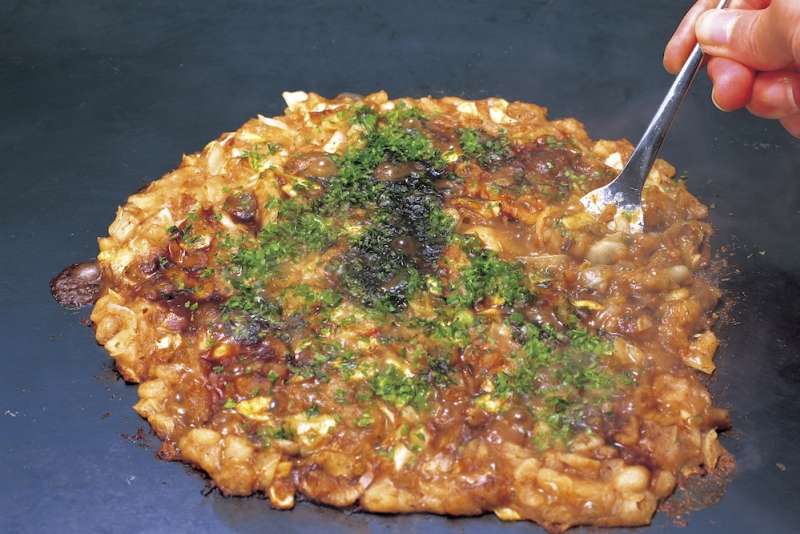
Another traditional Tokyo downtown dish is Fukagawadon, a bowl of asari clams cooked in soy sauce and sugar and served atop a steaming bowl of rice. In the past, a thriving fishing community existed in the Fukagawa area. While the reclamation of Tokyo Bay consigned that lifestyle to history, this local recipe remains a testament to those fishermen of old.
Kanto: The Kanto Great Plain is filled with local specialties
The Kanto region is home to more than just Tokyo. Each of the seven prefectures in the region boasts local and seasonal specialties of their own.
Ankonabe meaning monkfish hotpot, is a typical winter dish from Ibaraki. This fish is as tasty as it is ugly, and worth a try.
The nearby Utsunomiya City of Tochigi is known as “The Capital of Gyoza”. Here, the competition for the city’s best gyoza is fierce, so make sure to visit many restaurants to find your own favorite.
Gunma, on the other hand, proudly claims Yakimanju, a delicious skewer of dough balls drizzled in a soy sauce glaze and cooked over an open fire, as its soul food.
While Chiba’s specialty is Namero, a dish named because you’ll want to lick (“nameru” means to lick) your plate clean. Raw horse mackerel is diced and mashed into a paste with scallion, white sesame, and miso paste. A dish best eaten in season, from May to June.
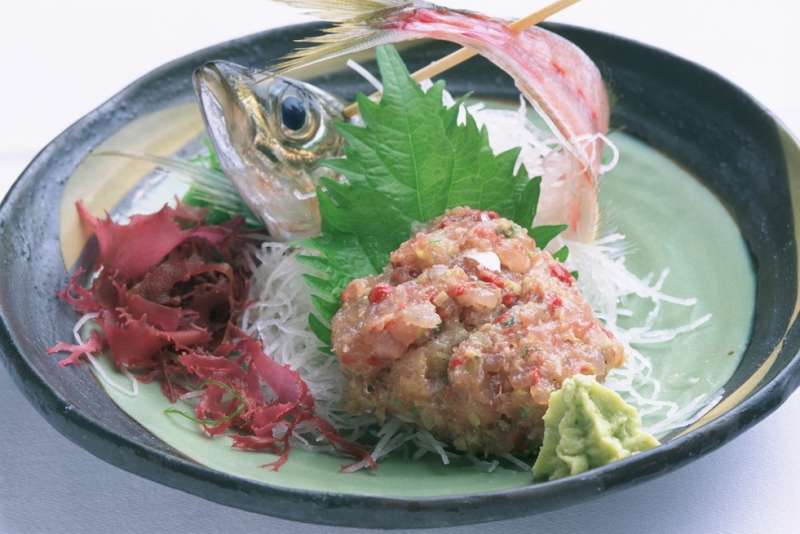
Koshinetsu: Blessed with a bountiful harvest along the mountainous spine of East Japan
The mountainous region Northwest of Tokyo made up of modern-day Nigata and Nagano, is famous for delicious soba buckwheat noodles. In November, people flock here to taste the freshly made soba and dishes made using soba wheat.
In Nagano, you can find Oyaki, a Japanese-style dumpling with chewy soba or wheat flour dough and a filling of either sweet red bean paste, or vegetables.
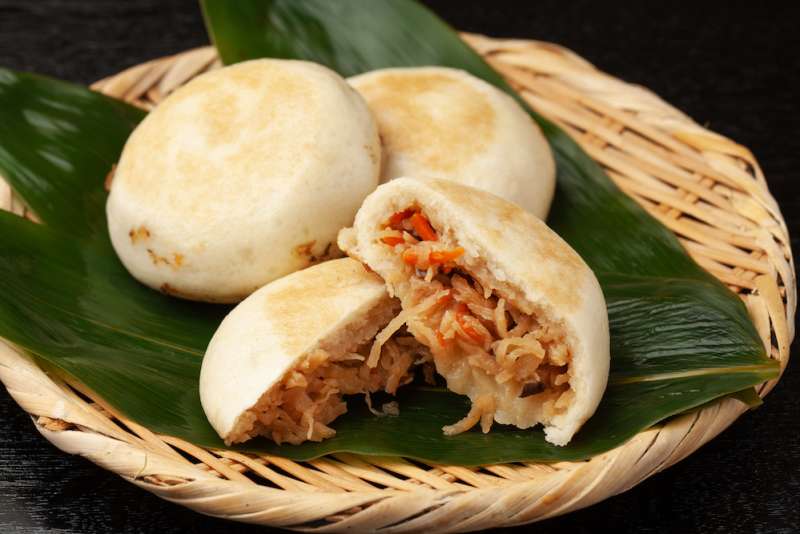
Yamanashi where Mt. Fuji is located and not surrounded by the sea as same as Nagano, is famous for Houtou, a hearty udon noodle stew cooked in miso soup with squash and other vegetables.
This is just a sampling of the delicious cuisine native to Eastern Japan, a region steeped in a rich and varied culinary history.
























































